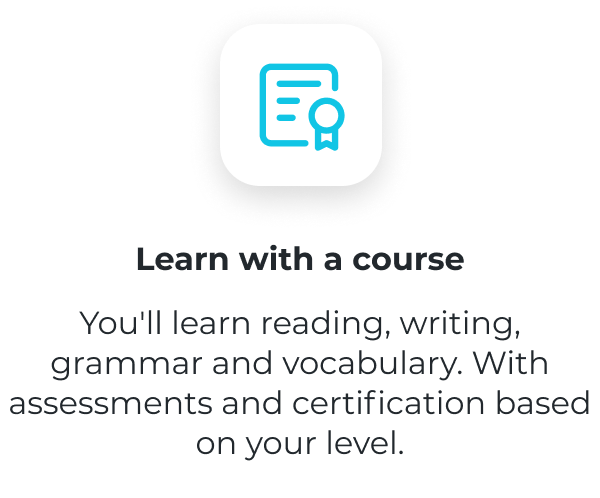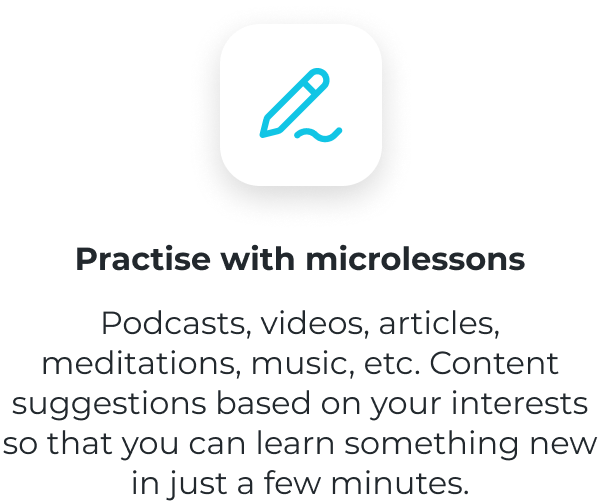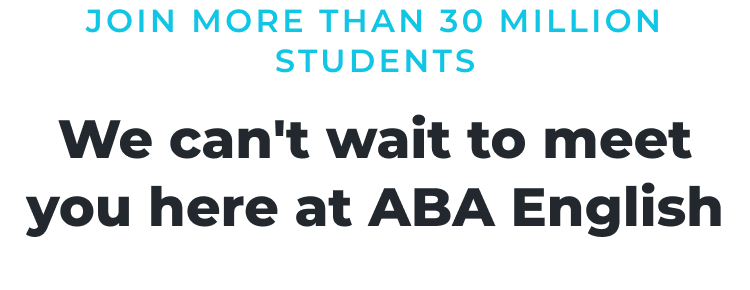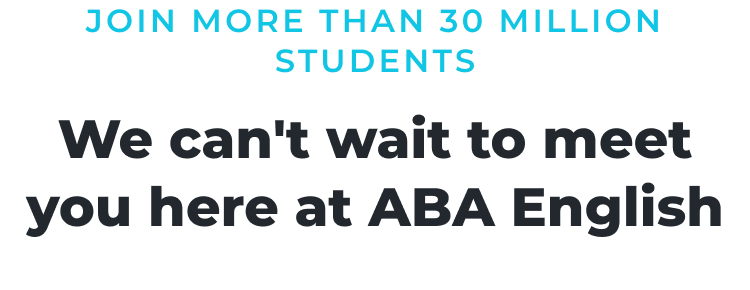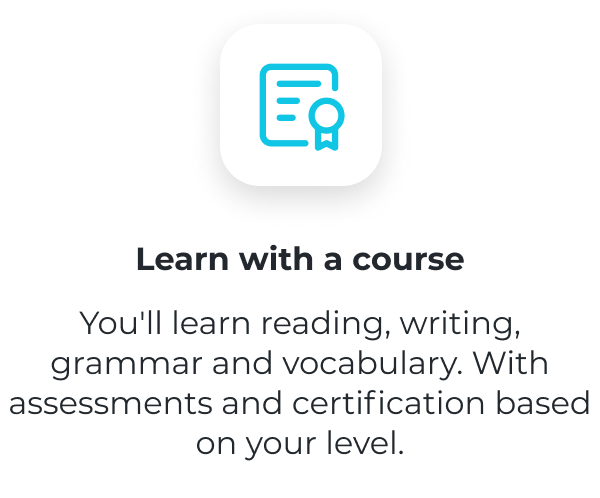Dipthongs and the Phonetic Alphabet
in English
Are you familiar with the phonetic alphabet in English? Enroll in the ABA English course for free to improve your abilities in phonetic English and much more, and join our more than 30 million students around the world.
THE PHONETIC ALPHABET IN ENGLISH
30+ MILLION STUDENTS
Come and learn English with the
biggest digital English academy
in the world
API (INTERNATIONAL PHONETIC ALPHABET)
To help both language students and those who simply wish to learn a foreign language, linguists have developed the API, the International Phonetic Alphabet. It is a system of universal symbols that classifies all of the sounds present in the different languages around the world. Each symbol corresponds to a phoneme. This is an ideal alphabet which breaks down linguistic barriers and can be understood by any speaker of any language. In addition, when studying English, the API is fundamental. This is because it circumvents the spellingproblem, that is, the lack of correspondence between the pronunciation of a word and the way that it is written.
Learning the symbols of the API will help you speak more clearly and naturally. Memorize them, concentrating particularly on the sounds that are not present in your mother tongue. Try to learn the symbols gradually, little by little. When you look up a word in the dictionary, you can read the phonetic transcription that can generally be found in brackets after the word itself. Also, pay attention to the differences in pronunciation between British English and American English. Learn the pronunciation that corresponds to the style of English you are interested in learning.
Finally, pay attention to ‘stress ‘. The API indicates the main accent with a /’/ in front of the syllable which is ‘stressed‘. The secondary accent is indicated by a /,/ in front of the syllable in question. Finally, a /./ indicates an interruption in a syllable. To understand how to stress English syllables correctly, start with words that you already know how to pronounce well. Look them up in the dictionary and check where the stress falls in the phonetic transcription. In this way, you can learn how to apply the same principles and tonality to new words.
VOWEL PHONEMES
To clarify the subject a bit, let’s look at some examples of phonetic symbols found in the IPA, beginning with the vowels.
/ə:/
Schwa. This is a very common phoneme in English that is found in many words. It is a reduced vowel, often found in the final syllable of a word. It can also be found in some words where the only vowel is found between two consonants. (See ABA English’s article for more information.).
Examples
father /ˈfɑːðə(r)/ , mother /ˈmʌðə(r)/ .
It is also present in unaccented closed syllables.
Examples
president /ˈprezɪdənt/, experiment /ɪkˈsperɪmənt/.
It is associated with the grapheme ‘o’ preceded by “w” and followed by “r”.
Examples
word /wɜː(r)d/, world /wɜː(r)ld/.
/ʌ/
This phoneme is a short vowel close to ‘a’. English it is associated with the grapheme ‘o’ in front of the consonants ‘w’ o ‘c’ and after an ‘n’.
Examples
onion /ˈʌnjən/, wonderful /ˈwʌndə(r)f(ə)l/, money /ˈmʌni/, monk /mʌŋk/, month /mʌnθ/ , summer /ˈsʌmə(r)/ , up /ʌp/), to cut /kʌt/.
/i:/
Long vowel.
Examples
to be /biː/ , English /ˈɪŋɡlɪʃ/, sea /siː/, evil /ˈiːv(ə)l/, feet /fiːt/, team /tiːm/, stream /striːm/, cream /kriːm/.
/i/
Short vowel in closed tonic syllables.
Examples
Kidney /ˈkɪdni/ , kit /kɪt/ , minute /ˈmɪnɪt/ , to hit /hɪt/, in /in/.
DIPHTHONG PHONEMES
A diphthong is a set of two vowels. In English, however, a diphthong can be found even when there is a single vowel in spelling which in the phonetic transcription becomes a diphthong. According to IPA classifications, there are eight phonemes which correspond to diphthongs. Here are some examples:
/eɪ/
This diphthong is generally associated with the following graphemes: ‘a’ in cake , the ‘ai’ in brain , the ‘ay’ in play, the ‘ei’ in eight , the ‘ey’ in they , and the ‘ea’ in break.
Examples
Way, /wei/, to say, /to sei/, main, /mein/, lane, /lein/, face, /feis/, day, /dei/.
/ai/
A diphthong found in open tonic syllables, associated with the grapheme ‘i‘ followed by ld, nd, gh, gn.
Examples
mild /maild/ , night /nait/ , fight /fait/ , right /rait/ , high /haɪ/, mind /maind/ .
When an ‘i ‘ is followed by an ‘r ‘ in an open syllable.
Examples
hire /ˈhaɪə(r)/, fire /ˈfaɪə(r)/, to require /rɪˈkwaɪə(r)/.
Other Examples
Price /praɪs/, to try /to traɪ/, mine /maɪn/ , eye /aɪ/.
Do you know what
your English level is?
Take a test now.
Sign up on our page and take the level test for free. You’ll find out your level in just a few minutes to help you continue progressing through the course.
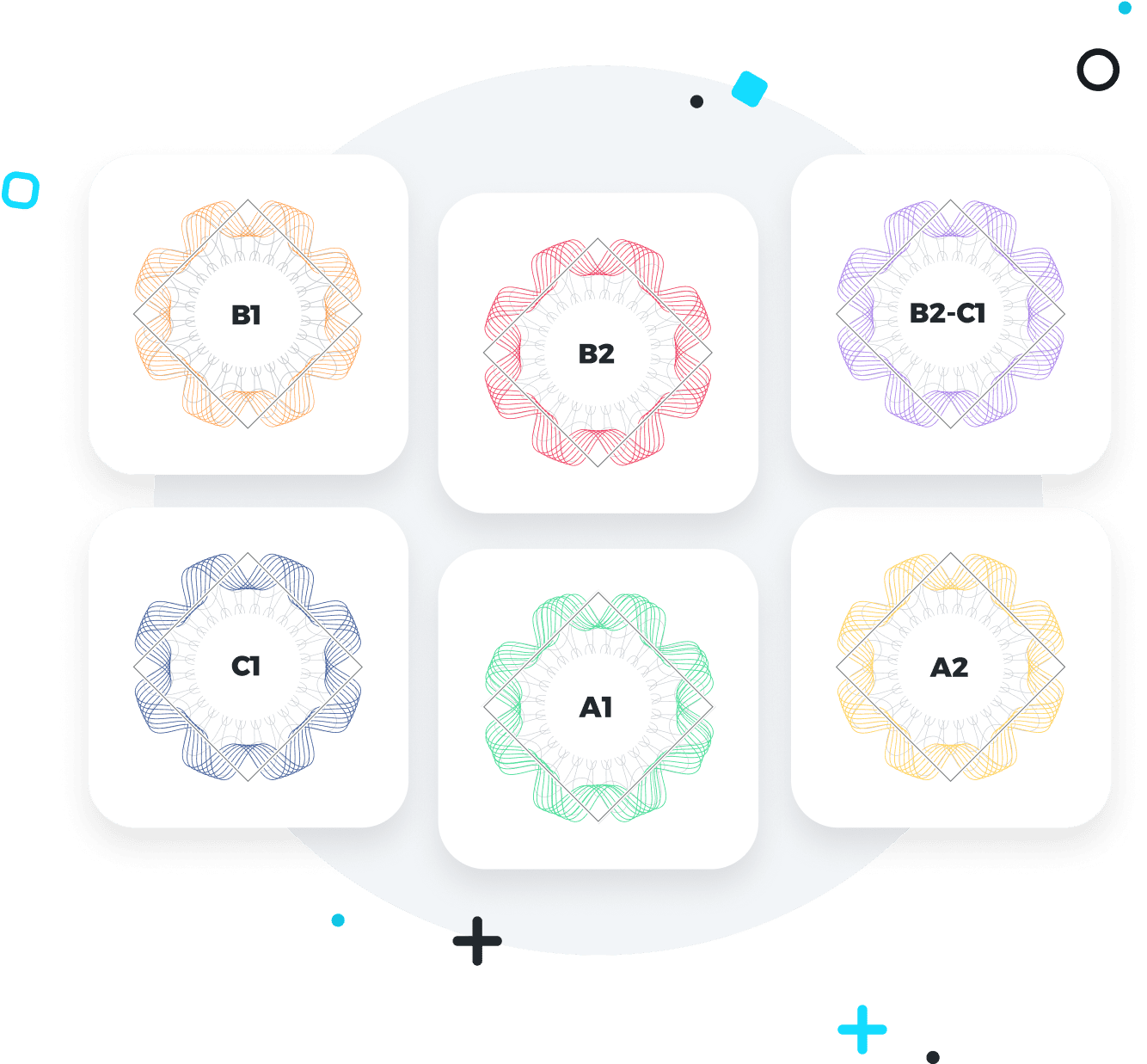
Table of the Phonetic Alphabet in English
Next, we’ll share a table with the phonemes in IPA notation and an example of how each applies in the English language.
| VOWELS | CONSONANTS | ||
| IPA | EXAMPLES | IPA | EXAMPLES |
| ʌ | cup, luck | b | bad, lab |
| ɑ: | arm, father | d | did, lady |
| æ | cat, black | f | find, if |
| e | met, bed | g | give, flag |
| ə | away, cinema | h | how, hello |
| ɜ:ʳ | turn, learn | j | yes, yellow |
| ɪ | hit, sitting | k | cat, back |
| i: | see, heat | l | leg, little |
| ɒ | hot, rock | m | man, lemon |
| ɔ: | call, four | n | no, ten |
| ʊ | put, could | ŋ | sing, finger |
| u: | blue, food | p | pet, map |
| aɪ | five, eye | r | red, try |
| aʊ | now, out | s | sun, miss |
| eɪ | say, eight | ʃ | she, crash |
| oʊ | go, home | t | tea, getting |
| ɔɪ | boy, join | tʃ | check, church |
| eəʳ | where, air | θ | think, both |
| ɪəʳ | near, here | ð | this, mother |
| ʊəʳ | pure, tourist | v | voice, five |
| w | wet, window | ||
| z | zoo, lazy | ||
| ʒ | pleasure, visión | ||
| d3 | just, large | ||
Next, we’ll share a table with the phonemes in IPA notation and an example of how each applies in the English language.
| VOWELS | |
| IPA | EXAMPLES |
| ʌ | cup, luck |
| ɑ: | arm, father |
| æ | cat, black |
| e | met, bed |
| ə | away, cinema |
| ɜ:ʳ | turn, learn |
| ɪ | hit, sitting |
| i: | see, heat |
| ɒ | hot, rock |
| ɔ: | call, four |
| ʊ | put, could |
| u: | blue, food |
| aɪ | five, eye |
| aʊ | now, out |
| eɪ | say, eight |
| oʊ | go, home |
| ɔɪ | boy, join |
| eəʳ | where, air |
| ɪəʳ | near, here |
| ʊəʳ | pure, tourist |
| CONSONANTS | |
| IPA | EXAMPLES |
| b | bad, lab |
| d | did, lady |
| f | find, if |
| g | give, flag |
| h | how, hello |
| j | yes, yellow |
| k | cat, back |
| l | leg, little |
| m | man, lemon |
| n | no, ten |
| ŋ | sing, finger |
| p | pet, map |
| r | red, try |
| s | sun, miss |
| ʃ | she, crash |
| t | tea, getting |
| tʃ | check, church |
| θ | think, both |
| ð | this, mother |
| v | voice, five |
| w | wet, window |
| z | zoo, lazy |
| ʒ | pleasure, visión |
| d3 | just, large |
Tips for Learning the Phonetic Alphabet in English
Although the table above is very useful, memorizing it would be very difficult. But don’t worry, almost nobody does.
The fastest way to learn English phonetics and how to pronounce words is by listening. If the audios you find online seem boring and unpleasant, we recommend watching the original version of American or British TV shows with subtitles so you can understand them.
Another option is listening to podcasts that interest you to familiarize yourself with English pronunciation, which isn’t the most difficult of the languages.
If you have the opportunity, have conversations with native speakers to quickly familiarize your ear to the language and adjust your pronunciation. With patience and practice, you’ll get to where you want to be.
Exercises with Phonetics in English
Read the following words out loud and then connect them to the correct phonetic transcription.
| Holiday | ˈmʌðə |
| Baggage | ɪˈnʌf |
| Aisle | eɪt |
| Enough | ˈhɒlədeɪz |
| Information | lɜːn |
| Mother | aɪl |
| Cinema | ˌɪnfəˈmeɪʃən |
| Learn | ˈsɪnəmə |
| Wood | ˈbægɪʤ |
| Eight | wʊd |
| Vegetable | ˈˈwɔːtə |
| Daughter | ˈðəʊ |
| Water | tʌf |
| Though | ˈdɔːtə |
| Tough | vɛʤtəb(ə)l |
Answers:
- Holiday – ˈhɒlədeɪ
- Baggage – ˈbægɪʤ
- Aisle – aɪl
- Enough – ɪˈnʌf
- Information – ˌɪnfəˈmeɪʃən
- Mother – ˈmʌðə
- Cinema – ˈsɪnəmə
- Learn – lɜːn
- Wood – wʊd
- Eight – eɪt
- Vegetable – ˈvɛʤtəb(ə)l
- Daughter – ˈdɔːtə
- Water – ˈwɔːtə
- Though – ðəʊ
- Tough – tʌf


